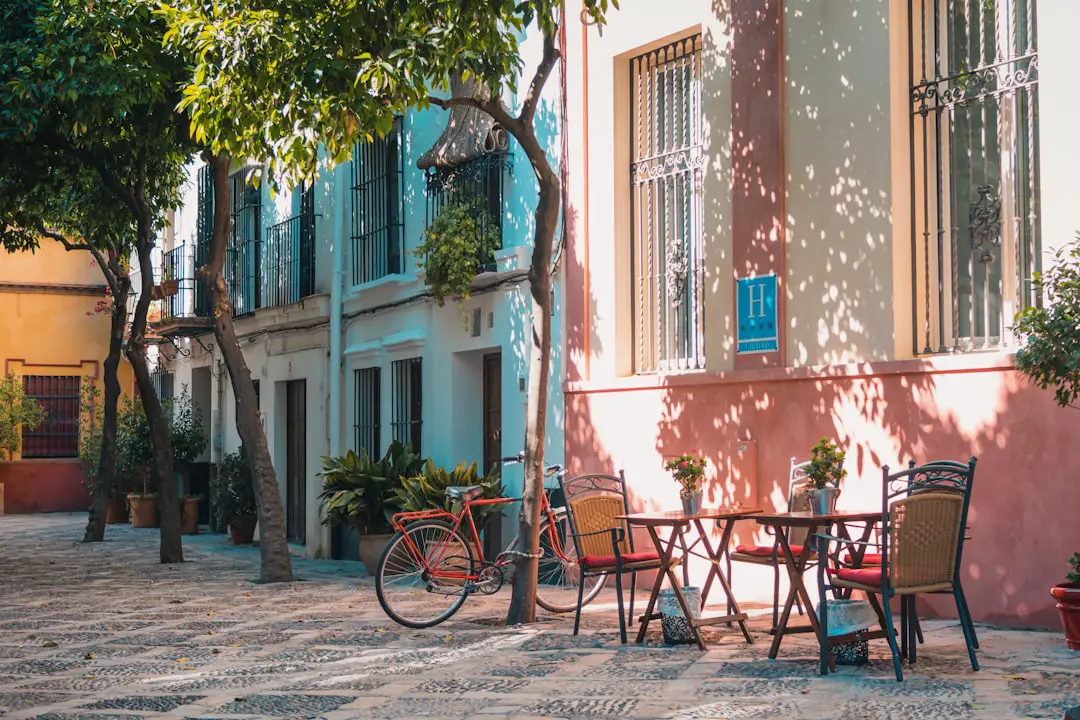Support our educational content for free when you purchase through links on our site. Learn more
Numbers in Spanish 1-30 [2024] 🔢
Have you ever wondered how to count from 1 to 30 in Spanish? Well, you’ve come to the right place! In this comprehensive guide, we’ll teach you everything you need to know about numbers in Spanish from 1 to 30. Get ready to expand your Spanish vocabulary and impress your friends with your newfound counting skills!
Quick Answer
Counting from 1 to 30 in Spanish is easy once you learn the basic numbers. Here’s a quick rundown:
- uno
- dos
- tres
- cuatro
- cinco
- seis
- siete
- ocho
- nueve
- diez
- once
- doce
- trece
- catorce
- quince
- dieciséis
- diecisiete
- dieciocho
- diecinueve
- veinte
- veintiuno
- veintidós
- veintitrés
- veinticuatro
- veinticinco
- veintiséis
- veintisiete
- veintiocho
- veintinueve
- treinta
And there you have it! You can now count from 1 to 30 in Spanish. But don’t worry, we’re not done yet! We’ll dive deeper into the background and history of Spanish numbers, as well as provide you with some quick tips and interesting facts along the way.
Quick Tips and Facts
- Spanish numbers are based on the decimal system, just like in English.
- The numbers from 1 to 15 have unique names, while the numbers from 16 to 29 are formed by combining the words for ten (diez) and the corresponding unit.
- The number 30, treinta, is the only number from 20 to 99 that doesn’t follow this pattern.
- Spanish numbers are gendered, so you need to use the appropriate form depending on the noun they modify.
- When counting objects, use the cardinal numbers (uno, dos, tres, etc.). When counting in order, use the ordinal numbers (primero, segundo, tercero, etc.).
- Spanish numbers are used in a variety of contexts, from telling time to expressing quantities and ages.
Now that you have a basic understanding of Spanish numbers, let’s explore their background and history.
Background: The Fascinating World of Spanish Numbers

Numbers play a crucial role in any language, and Spanish is no exception. The Spanish number system has evolved over centuries, influenced by various cultures and languages. Let’s take a closer look at the fascinating history behind Spanish numbers.
The origins of Spanish numbers can be traced back to Latin, the language spoken by the ancient Romans. Latin had a significant impact on the development of the Romance languages, including Spanish. As the Roman Empire expanded, so did the influence of Latin numerals.
However, the modern Spanish number system also incorporates elements from other languages, such as Arabic. During the Middle Ages, Spain was under Moorish rule, and the Arabic numeral system was introduced. These numerals, which we still use today, revolutionized mathematics and spread throughout Europe.
The Spanish number system continued to evolve over time, adapting to the needs of its speakers. Today, Spanish numbers are an essential part of everyday communication, from counting money to telling time. So, let’s dive deeper into the world of Spanish numbers and explore some key concepts and phrases.
1. Learn the Basics: Counting from 1 to 10
Before we delve into the numbers from 11 to 30, let’s start with the basics. Here are the numbers from 1 to 10 in Spanish:
- uno
- dos
- tres
- cuatro
- cinco
- seis
- siete
- ocho
- nueve
- diez
These numbers are the building blocks for counting in Spanish. Practice saying them out loud to familiarize yourself with their pronunciation. Once you’ve mastered these, you’re ready to move on to the next level!
2. Elevate Your Counting Skills: Numbers from 11 to 20
Now that you’re comfortable with the numbers from 1 to 10, let’s tackle the next set. Here are the numbers from 11 to 20 in Spanish:
- once
- doce
- trece
- catorce
- quince
- dieciséis
- diecisiete
- dieciocho
- diecinueve
- veinte
Notice that the numbers from 11 to 15 have unique names, while the numbers from 16 to 19 are formed by combining the word for ten (diez) and the corresponding unit. For example, “dieciséis” is a combination of “diez” (ten) and “seis” (six).
3. Mastering the Numbers: 21 to 30
Congratulations! You’ve made it to the final stretch. Here are the numbers from 21 to 30 in Spanish:
- veintiuno
- veintidós
- veintitrés
- veinticuatro
- veinticinco
- veintiséis
- veintisiete
- veintiocho
- veintinueve
- treinta
As you can see, the numbers from 21 to 29 follow the same pattern as the numbers from 16 to 19. They are formed by combining the word for twenty (veinte) and the corresponding unit. For example, “veintiuno” is a combination of “veinte” (twenty) and “uno” (one).
The number 30, treinta, is the only number from 20 to 99 that doesn’t follow this pattern. It stands alone as a unique number in the Spanish number system.
FAQ

How do you count from 1 to 30 in Spanish?
To count from 1 to 30 in Spanish, simply follow the list we provided earlier. Start with “uno” and continue until you reach “treinta.”
Read more about “Mastering Spanish Numbers 1-20 in …: A Fun Guide! 🎉”
How do you say 1:30 in Spanish time?
To say 1:30 in Spanish time, you would say “es la una y media.” The phrase “y media” means “and a half,” indicating that it’s 30 minutes past the hour.
What are the numbers 1 to 20 in Spanish?
The numbers from 1 to 20 in Spanish are:
- uno
- dos
- tres
- cuatro
- cinco
- seis
- siete
- ocho
- nueve
- diez
- once
- doce
- trece
- catorce
- quince
- dieciséis
- diecisiete
- dieciocho
- diecinueve
- veinte
Read more about “Numbers in Spanish: An Easy Way to Master 1 to 10! … 🇪🇸”
What are the Spanish numbers 1 1 –?
The Spanish numbers 1 1 — are “once” (11), “doce” (12), and “trece” (13). These numbers have unique names and are used frequently in everyday conversations.
Read more about “Master the Spanish Numbers 1-1000 Like a Pro … 🚀”
Conclusion

Counting from 1 to 30 in Spanish is a fundamental skill that will enhance your language learning journey. By mastering these numbers, you’ll be able to express quantities, tell time, and navigate various everyday situations with ease.
Remember to practice saying the numbers out loud to improve your pronunciation. The more you practice, the more confident you’ll become in using Spanish numbers.
So, what are you waiting for? Start counting in Spanish today and unlock a whole new world of possibilities!
Recommended Links
- Spanish Vocabulary
- Spanish Language Learning
- Spanish Conversation Practice
- Spanish Cultural Insights
- Spanish Language Resources
- Numbers in Spanish 1-20
Reference Links
- Time in Spanish: Complete Guide to Telling the Time – Busuu
- Wikipedia – Spanish Language
- SpanishDict – Numbers in Spanish
Now that you’ve learned how to count from 1 to 30 in Spanish, why not explore more articles on Spanish Scholar™ to expand your Spanish language skills? Happy learning!

